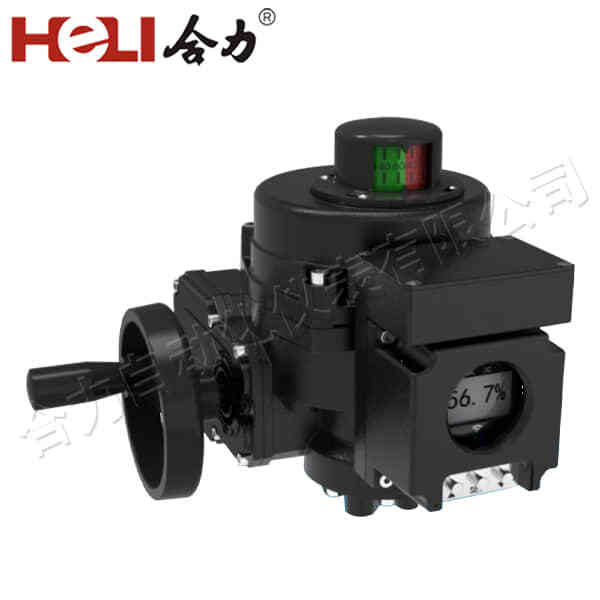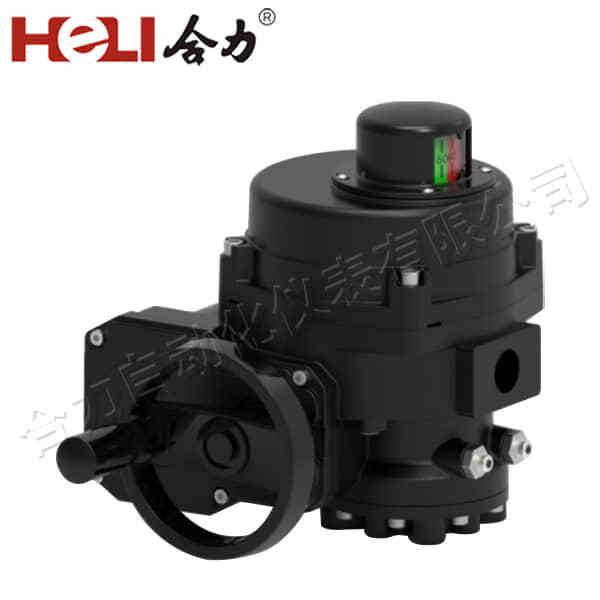Electric actuator valves are key components in modern industrial automation systems, offering precise control over fluid flow. These devices combine the versatility of electric actuators with the functionality of various types of valves, making them essential for a range of industries such as oil and gas, chemical processing, water treatment, HVAC, and more. This article explores the function, features, and benefits of electric actuator valves and their applications in automation processes.

Understanding Electric Actuator Valves

At the heart of an electric actuator valve lies an electric actuator—a motorized device that operates the valve by converting electrical energy into mechanical motion. This motion allows the valve to open, close, or regulate the flow of fluids, gases, or slurries within a system. The actuator is typically controlled by a control signal, which can be either manual or automated, depending on the specific application. The valve, on the other hand, is the mechanical component that directly controls the flow of fluid. There are various types of valves used in conjunction with electric actuators, including ball valves, globe valves, butterfly valves, and gate valves. The electric actuator is mounted on the valve and operates it based on signals from a remote control system or local settings.
